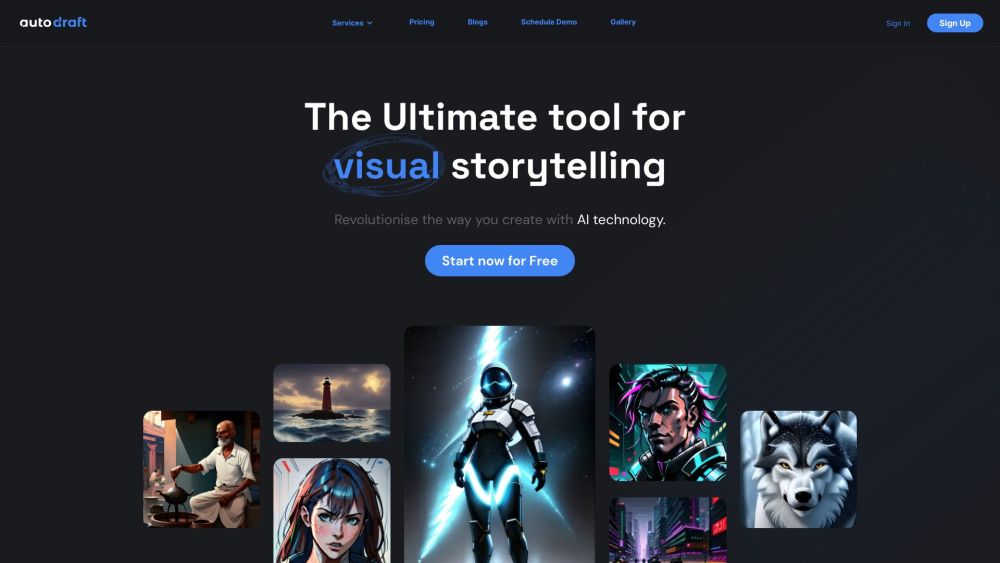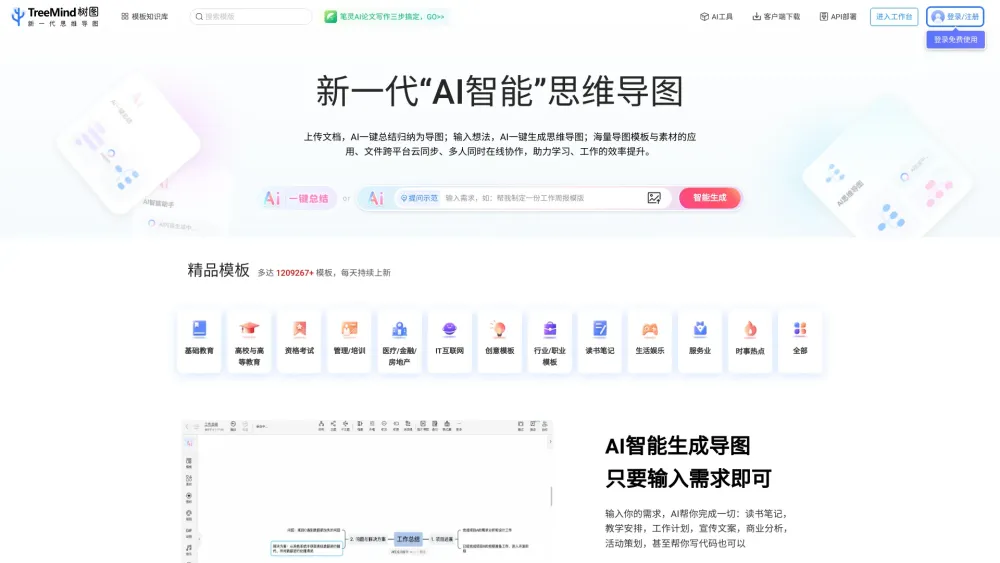In the early hours of Tuesday, Apple unveiled its iPhone 16 series. While the hardware updates were unremarkable, the much-publicized Apple Intelligence failed to impress. Friends who know me might wonder why I'm disappointed when I've always had faith in Apple. After all, previous launches have also showcased incremental innovations without eliciting such strong reactions. The reason is straightforward: since the launch of ChatGPT 3.5 on November 30, 2022, a significant digital revolution has begun. Previously, AI technology was in its performance optimization phase, but it has now transitioned into providing concrete applications and services.
In this critical era, expectations are high for Apple, a company that once led the smartphone revolution and now possesses robust hardware capabilities. Unfortunately, the functionalities demonstrated at the event primarily remained within existing smartphone frameworks. Many features—such as composing emails, summarizing information, and image recognition—could be implemented even without Apple Intelligence. Thus far, Apple's contributions to AI have fallen short of expectations, limiting its ability to spearhead a new wave of “actionable intelligence.”
Why can’t Apple generate the same excitement it once did during the Steve Jobs era? Let’s explore this further. Apple has long employed a strategy known as “technical embedding,” where they integrate advanced technologies into hardware but delay revealing them to the public. This method allows Apple to grow its user base with stable experiences before guiding developers to create related applications. While this strategy has previously led to Apple’s success, it’s increasingly risky in the current landscape. The development of smart devices, especially smartphones, has shifted from gradual improvement to revolutionary changes. If Apple continues to adhere to its cautious approach, it may find itself in jeopardy, potentially repeating the missteps of companies like Nokia.
Competitors like Qualcomm and other smartphone manufacturers are likely to adopt more aggressive strategies to capture Apple’s long-held high-end market. Moreover, emerging threats from third-party AI platforms, such as OpenAI, could further complicate matters. Should these platforms develop killer applications tailored for smart devices, the companies supporting them will quickly seize market opportunities. Even if Apple offers powerful hardware, it risks becoming merely a host for these external AI applications.
Apple’s conservative and potentially misguided decisions stem from being trapped in a “managerial mode.” Recent discussions in Silicon Valley regarding “founder mode” versus “managerial mode” highlight this point. Paul Graham, co-founder of Y Combinator, argues against the conventional wisdom that larger companies must default to traditional CEO management styles. Instead, he champions a founder mode that emphasizes cross-level communication and agile decision-making. He cites Airbnb’s co-founder, who adopted Steve Jobs’s philosophy to enhance direct management and improve company performance.
Graham contends that the founder mode’s strength lies in the deep understanding and foresight of its leaders, which allows them to steer significant decisions and transformations. This flexibility is something Apple currently lacks. Tim Cook, as a capable but more conservative successor, has maintained Apple’s existing advantages through stability, but his approach has led to missed opportunities as the tech landscape evolves.
Additionally, Cook has built a vast and efficient operational ecosystem based on the technical embedding strategy, complicating efforts toward transformation. This scenario makes it challenging to pivot without incurring significant sunk costs. Most importantly, and this point was overlooked by Graham, transformation often entails risk. Founders are typically willing to embrace risk for the potential of immense success, while caretakers may avoid risks at the expense of future growth.
For instance, if Apple were to lead with groundbreaking applications like an AI personal assistant, it could continue to set the standard in the smartphone industry. However, risks related to insufficient hardware support or privacy concerns from integrating third-party apps could hinder user experience. Jobs might have taken bold risks to create the next-generation AI smartphone, while Cook may hesitate due to these perceived dangers, facing resistance within the company.
In the current AI-driven era, companies must actively embrace AI technology and foster collaboration rather than adopt a reactive approach. It appears Apple has opted for the latter, emphasizing caution. Yet, in the age of AI, openness and cooperation are essential for success. The AI revolution offers opportunities for new platforms to surpass existing ones. If Apple refuses to share its application ecosystem and hardware with developers, it risks being outpaced by more nimble and flexible competitors.




